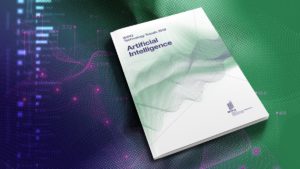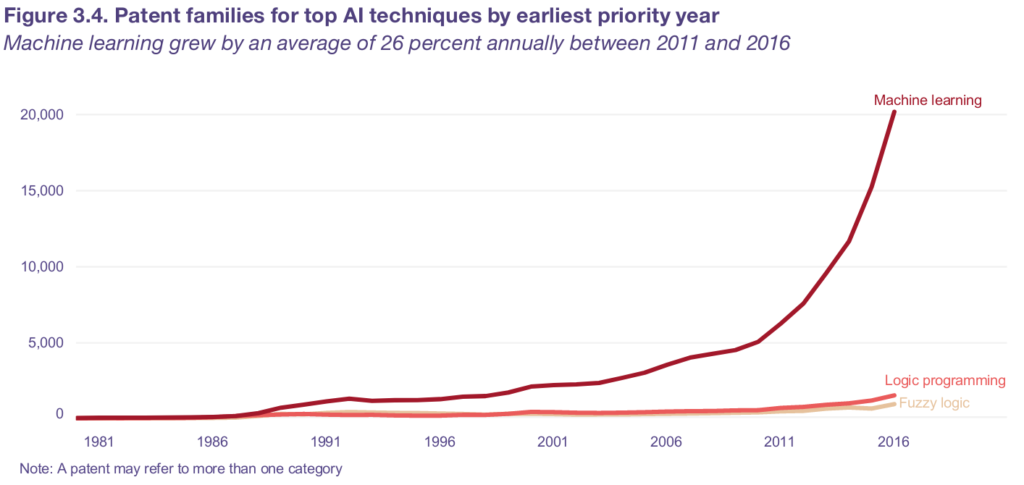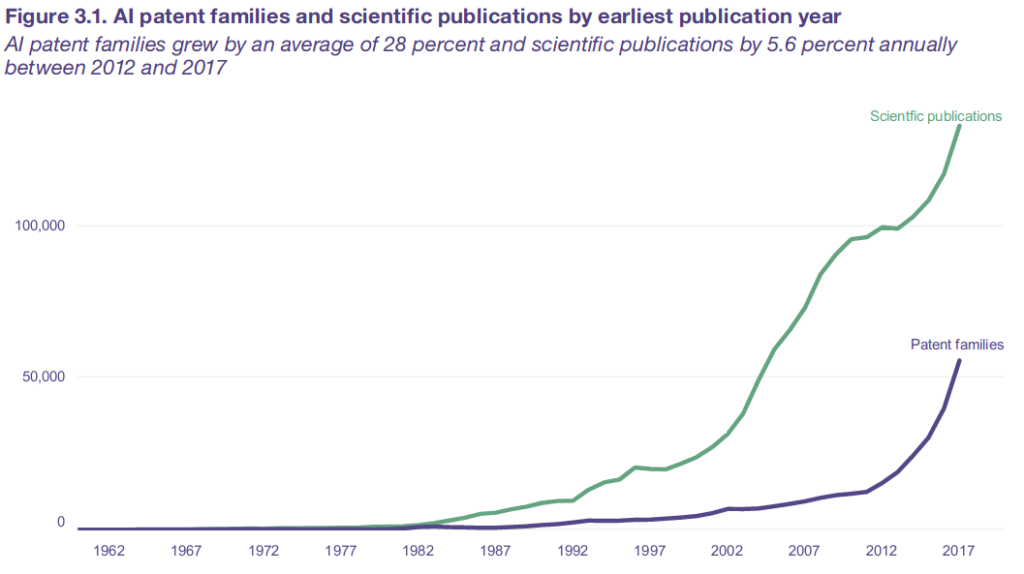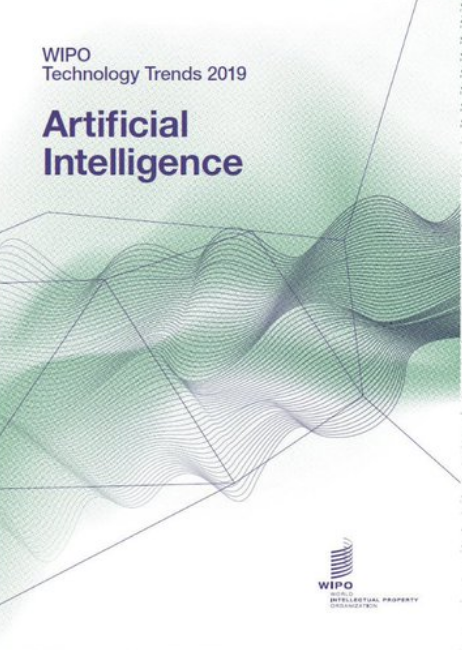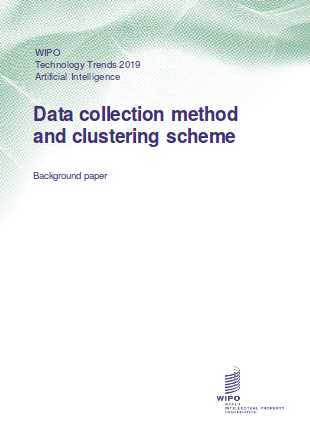SCIENCE-MINER is dedicated to the development of Open Source tools for Technical and Scientific Information, with a focus on Open Science. We develop and exploit state-of-the-art machine learning techniques, for instance with GROBID, entity-fishing and DeLFT, that can make possible new usages and approaches to scientific information in a reliable and scalable manner.
As an opportunity to put machine learning and scientific information in a larger perspective, we participated recently to the WIPO Technology Trends report on artificial intelligence, together with CNRS Innovation, where we analyzed scholar and patent literature on AI back to the 1950s. We identified nearly 340,000 AI-related patent families, over 1.6 million relevant scientific publications, and also considered market trends related to AI (data on acquisitions, funding, open source and patent litigation and oppositions).
The team analyzes this corpus against various criteria, such as time, geographical distribution, techniques, application fields, public/private sectors, etc. to better understand how research and development on AI have evolved over time and to measure its current booming – 50 percent of all AI patents have been published in just the last five years. To our knowledge, it is the first time that such a comprehensive and heterogeneous corpus was exploited to better analyze trends in Artificial Intelligence and we hope that this vast quantitative analysis will be helpful for future AI studies.
We introduced 103 thematic AI clusters and sub-clusters and considered several hundred classes from the three main patent classification schemes (CPC, IPC and FI/F-Terms) combined with hundred of terms/synonyms to organize the identified publications at a meaningful level of granularity. A detailed background paper is available, describing the data collection methodology and the clustering scheme we developed for this study, as well as the open raw data.
The statistics largely confirm the current dominance of Machine Learning (actually since the 1990s), something not surprising as such, but following a growth rate much higher than we were expecting (see below, page 42 in the report), with Deep learning showing a 175% average annual growth rate.
We find particularly interesting the relation between scholar literature and patenting, where scientific publications on AI started to increase rapidly 12 years before the current rise in AI patenting. The ratio of scientific papers to patents has fallen from 8:1 in 2010 to 3:1 in 2016, indicating a shift from research to the use of AI in commercial products and services (see page 40 of the report):
The report is available in CC-BY here. The project was lead at WIPO by Alejandro Roca Campana and Irene Kitsara. We recommend to have a look at the nice infographics The Story of AI in Patents which was produced on the basis of the report. The two other “derived” products of the study are:
- an Artificial Intelligence Index including the search data for the patent collection, enriched with one-click access to patent applications thanks to Patentscope,
- and a glossary of AI terminology for non specialists.
The report received a large media attention, for instance from the Financial Times [3] or Les Echos [4] [5] in France.

